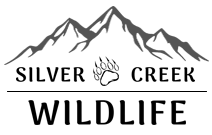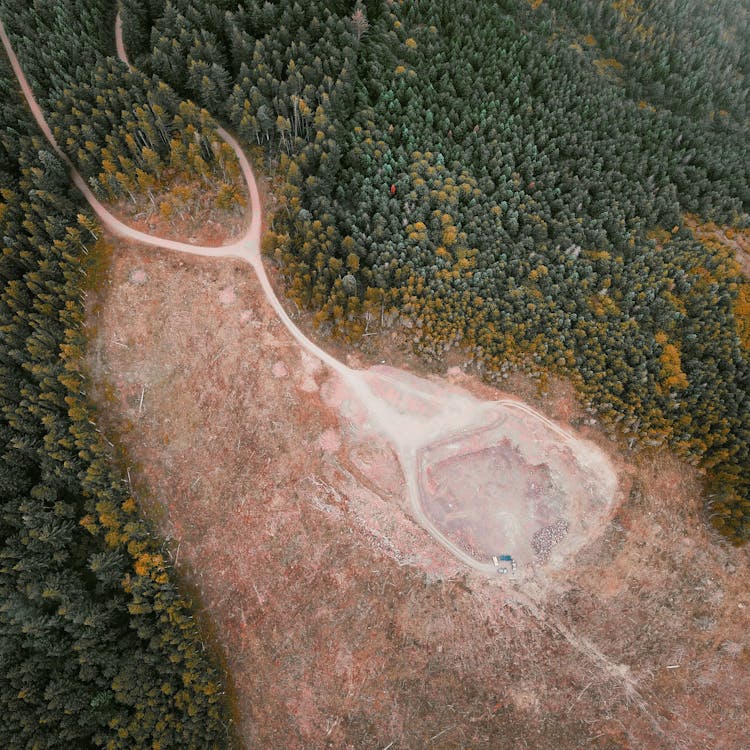
As resource exploration ventures into remote areas, wildlife living in these habitats require management to ensure their wellbeing, safety of crews and streamlined operations. Read on to discover when this would apply and what to do about it.
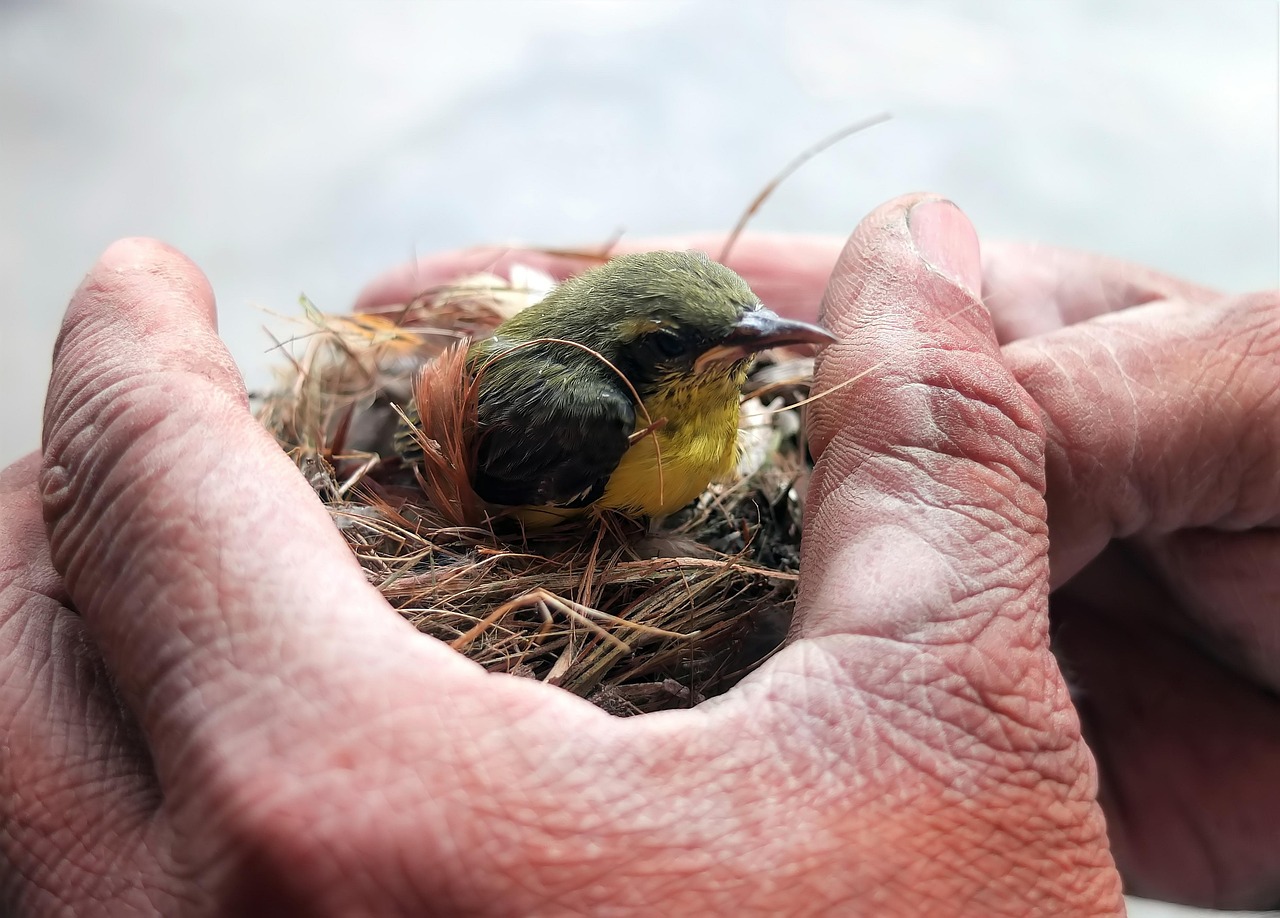
Spring is wildlife baby season, when many animals give birth and raise their young. A wonderful time of the year for both wildlife and humans alike, although conflict can arise when these new families are raised in or on peoples’ buildings. Read on to find out which species to look out for and what to do about it.
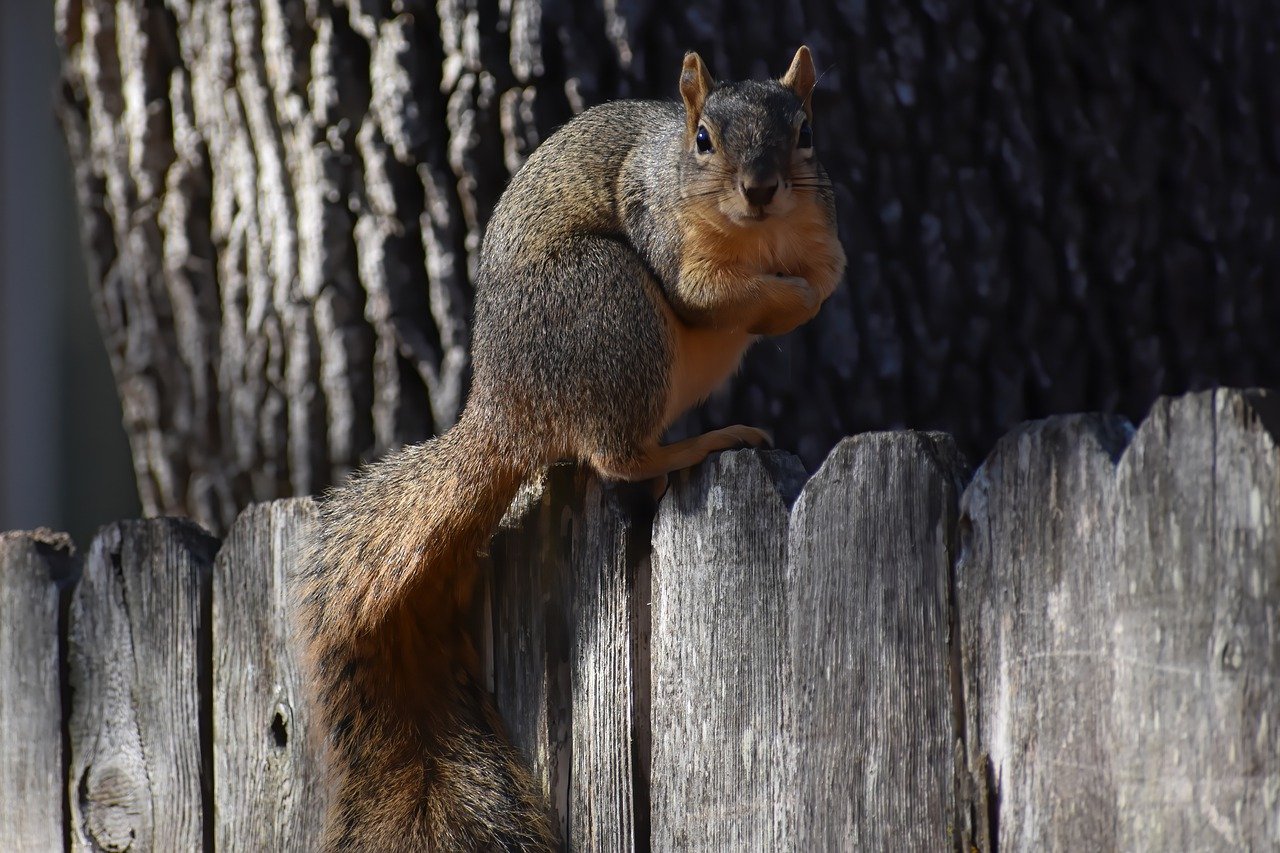
As winter approaches, changes in wildlife behaviour are driven by warmth, safety and food. Read on to find out what these changes look like and how to mitigate human-wildlife conflict as they prepare for the cold weather.
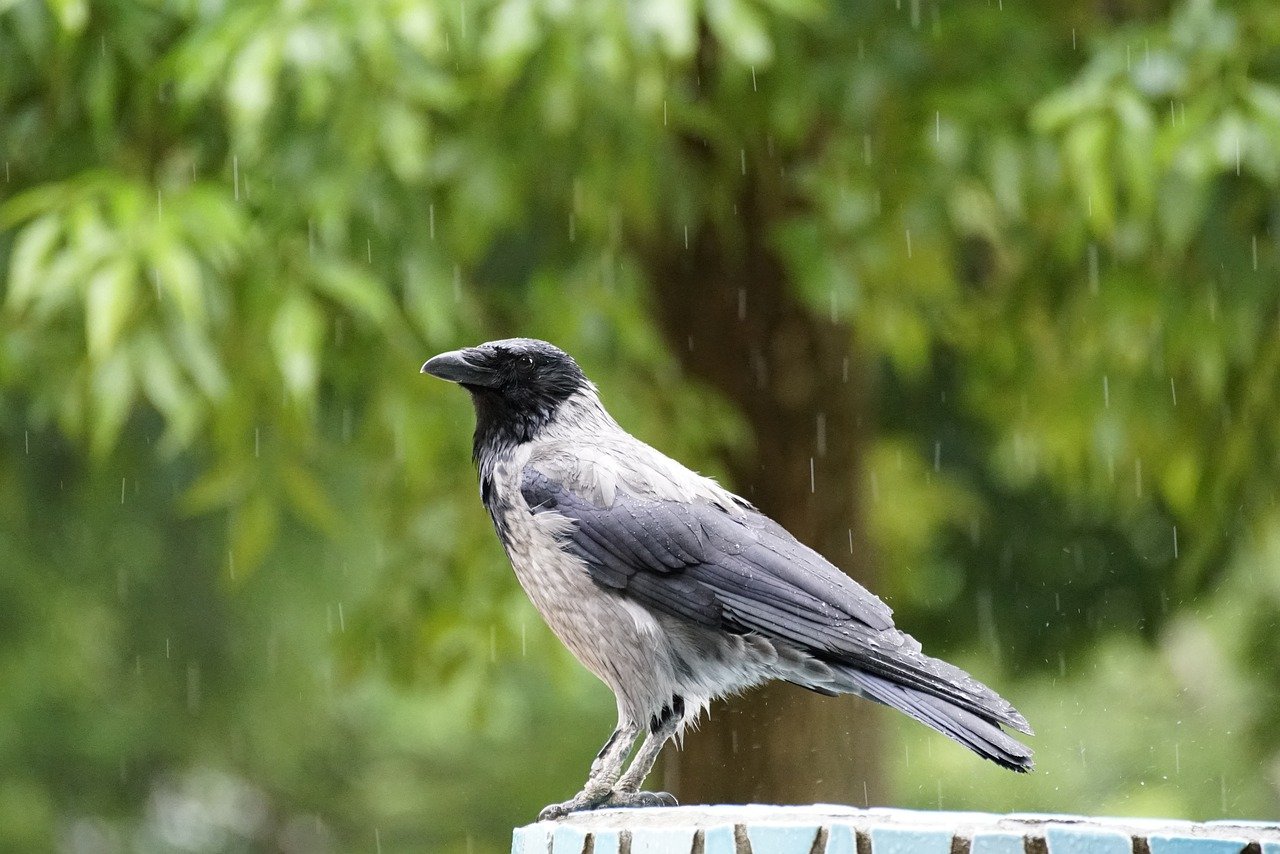
With the Pacific North West having experienced a recent 'bomb cyclone' that brought with it extreme winds, heavy rains and high tides, there was a notable impact on local wildlife. Read on to understand wildlife behaviour during storms and how this may impact your home.
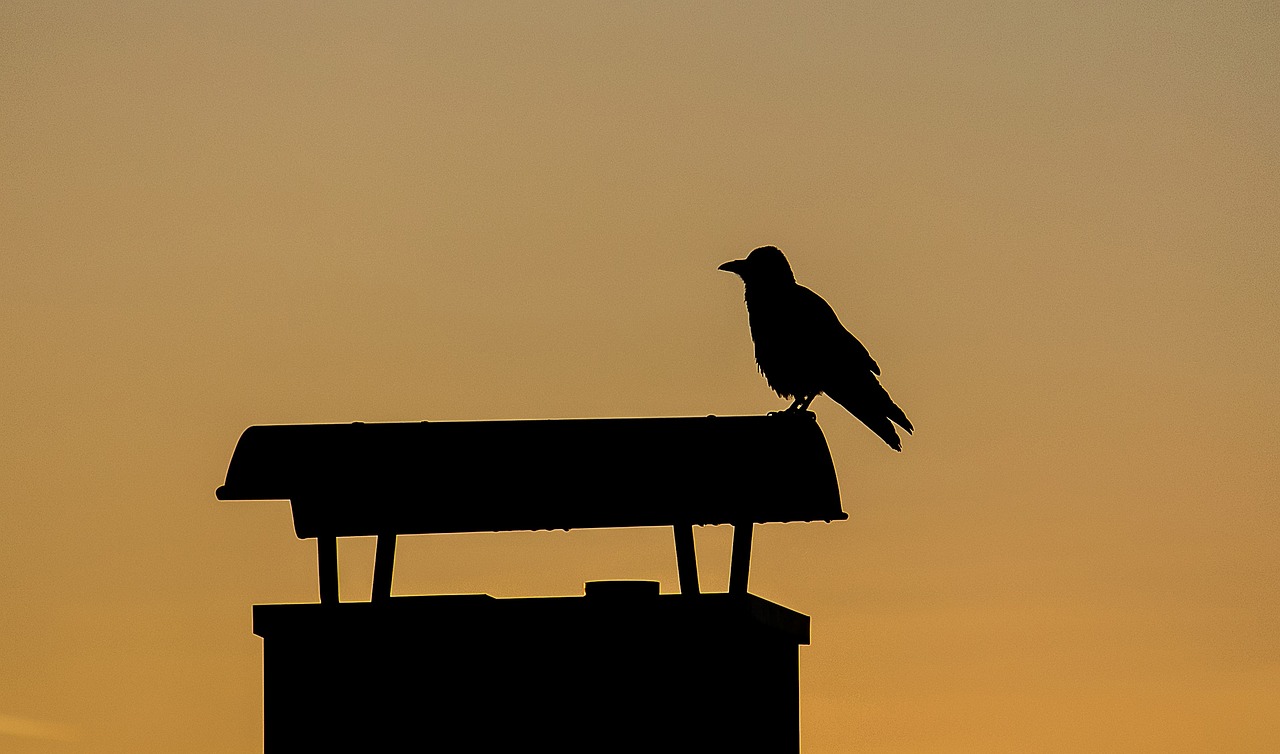
Open air chimneys provide easy spots for wildlife to enter - either deliberately or by accident. Read on to find out what to do if you have an animal in your chimney and how to prevent it from happening again.
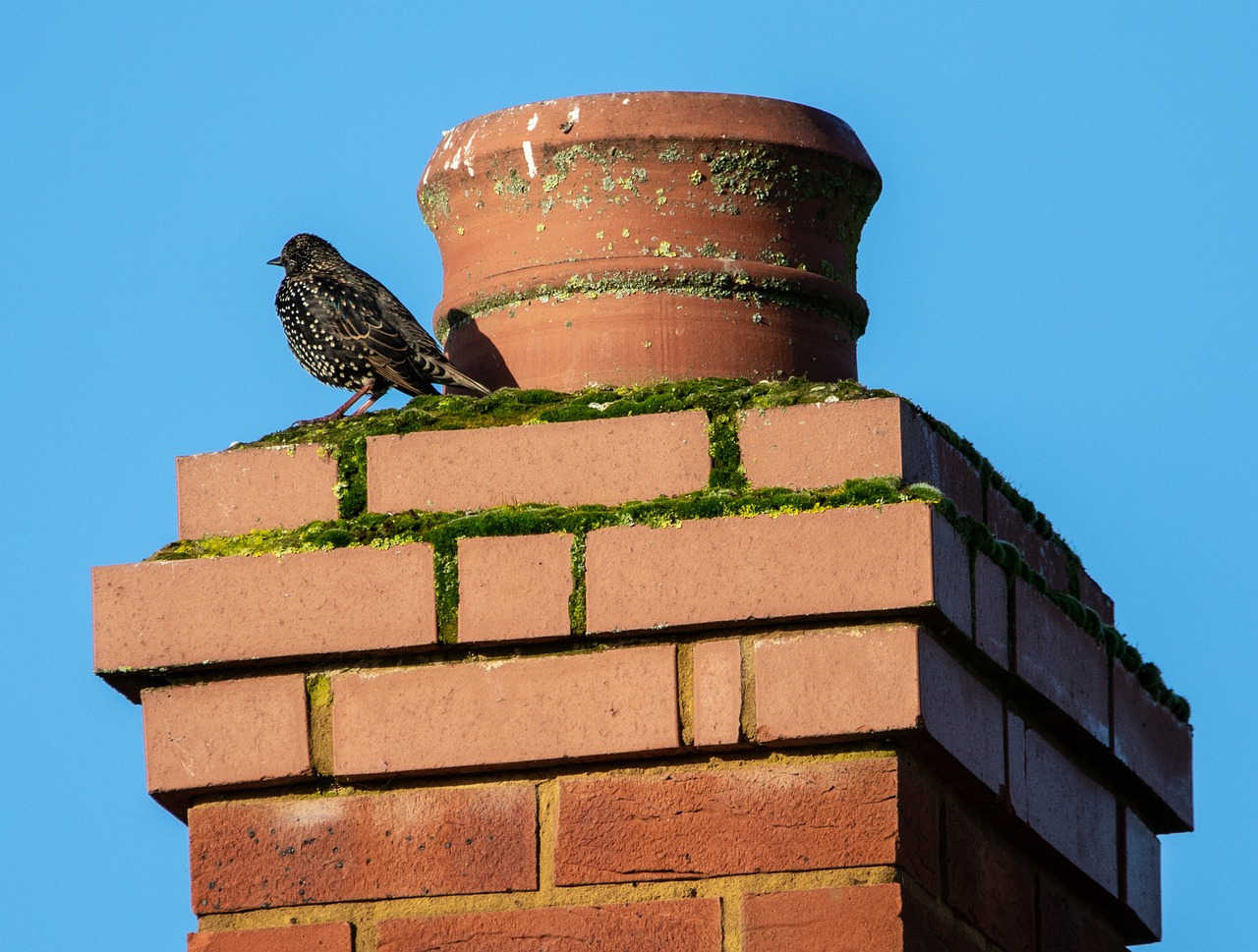
Chimneys can provide an inviting entry point for various wildlife species seeking shelter or nesting sites. While the presence of these animals may seem harmless, it can lead to potential hazards and costly damages if left unaddressed. Read on to find out about the common species accessing chimney spaces, the risks involved, and effective preventive measures to keep your chimney wildlife-free.
